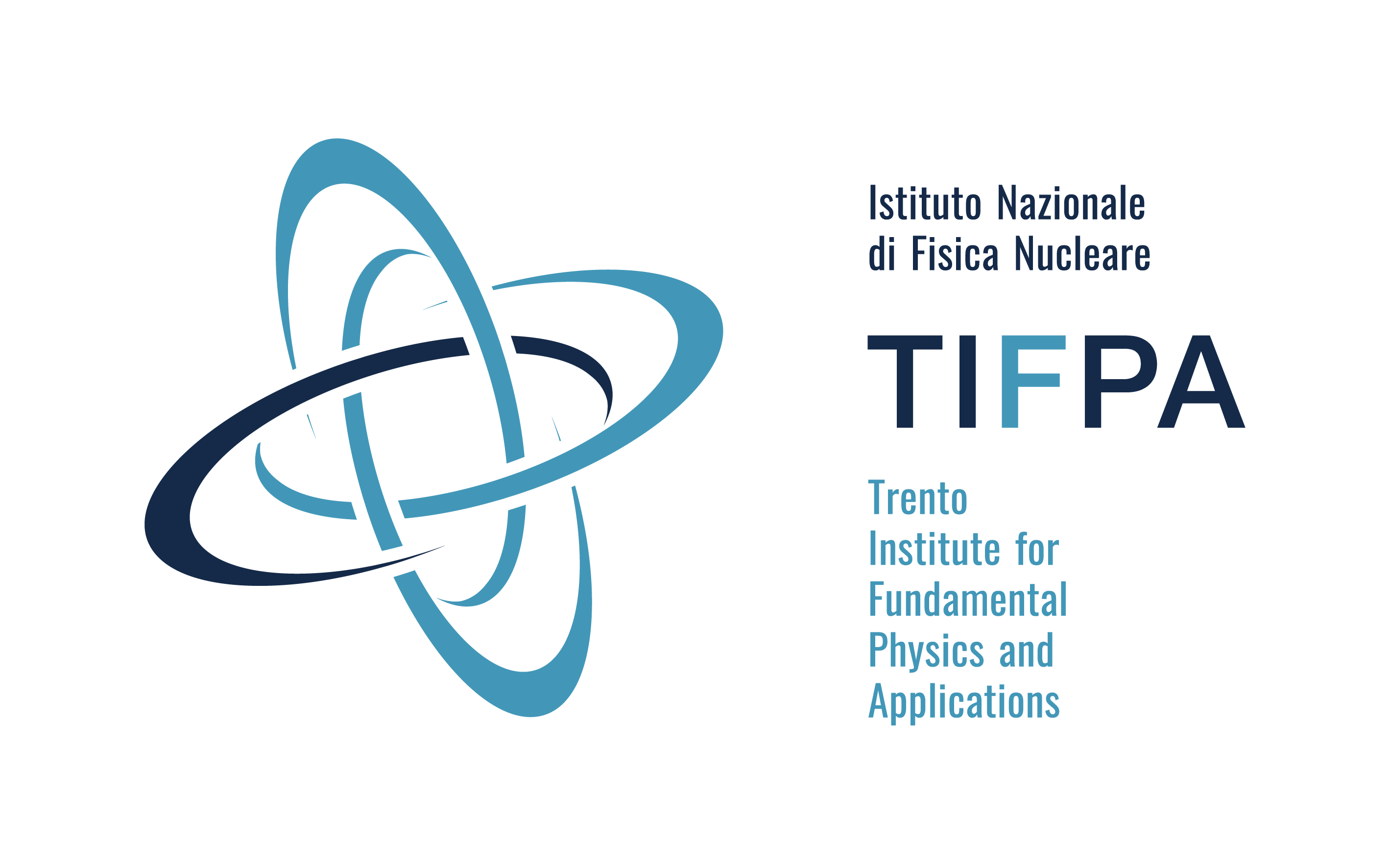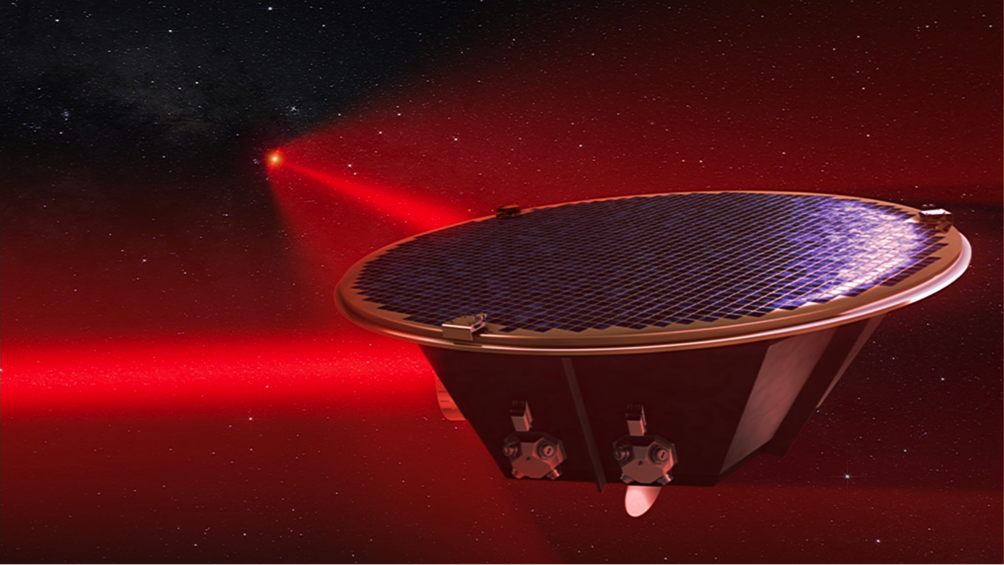LISA - Laser Interferometer Space Antenna
The Laser Interferometer Space Antenna (LISA) will be the first space-based gravitational wave observatory. Selected to be ESA's third large-class mission, it will address the science theme of the Gravitational Universe. LISA will consist of three spacecrafts separated by 2.5 million km in a triangular formation, following Earth in its orbit around the Sun. Launch is expected in 2034, after a challenging development phase already on its way.



